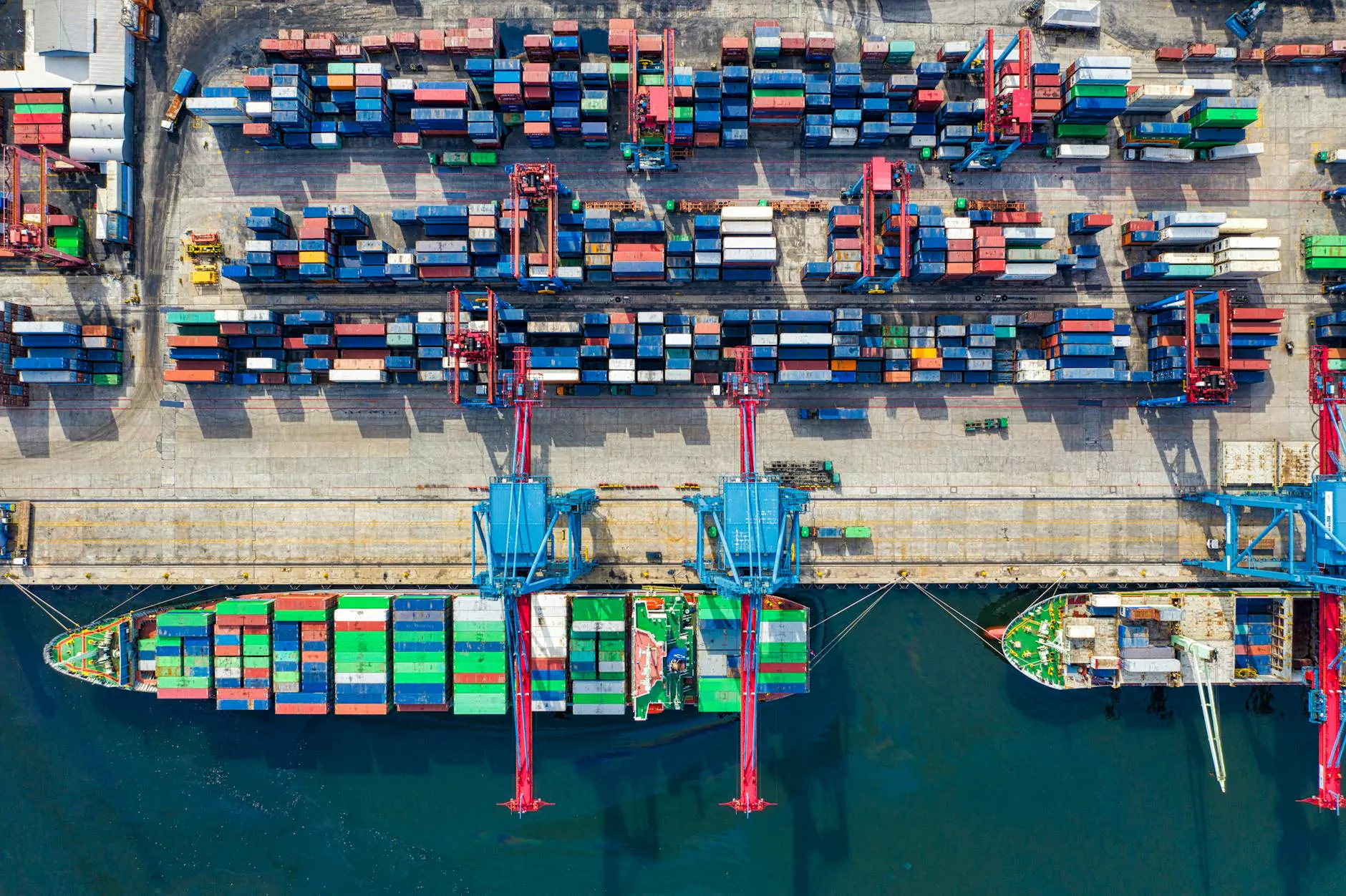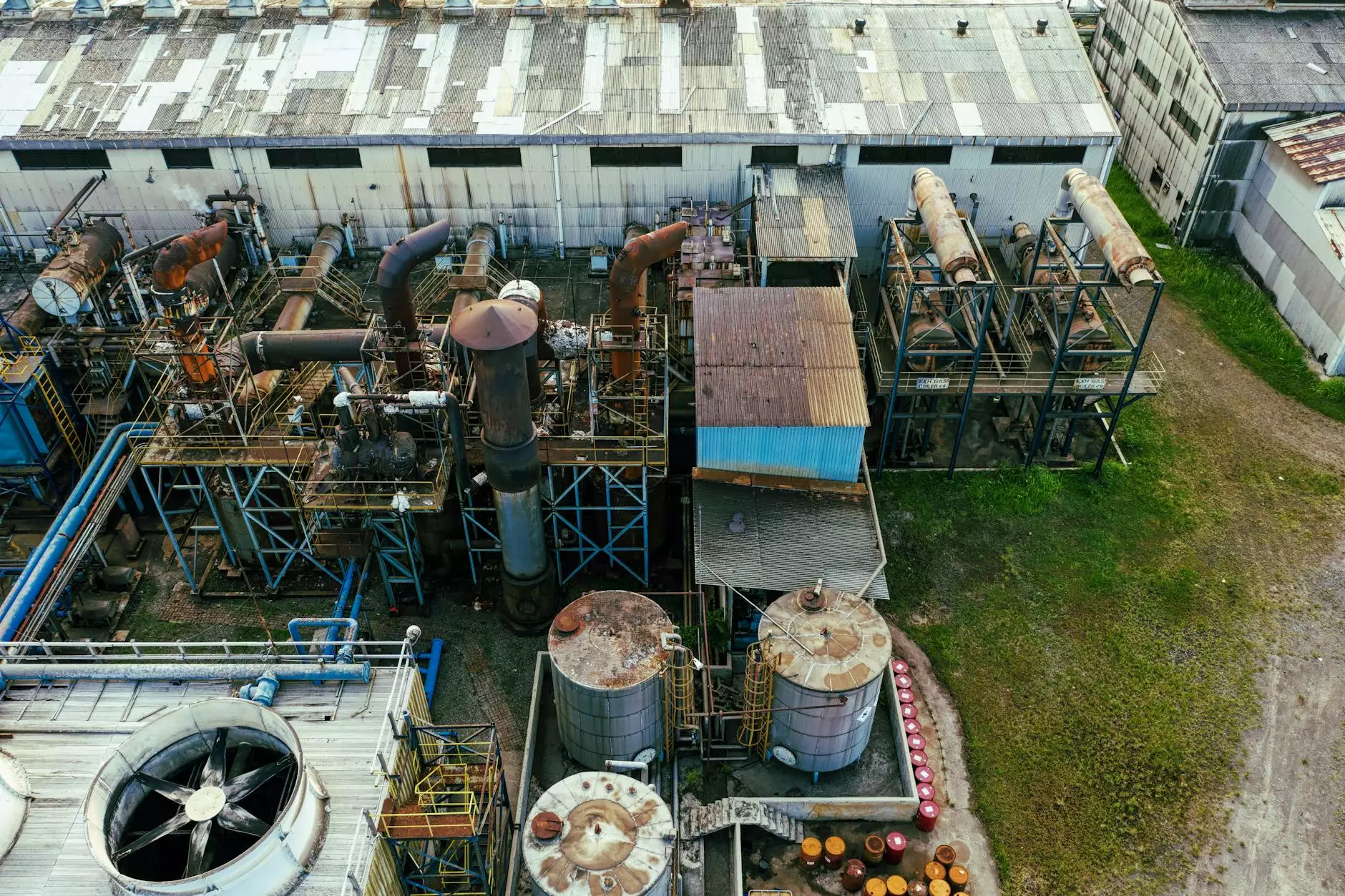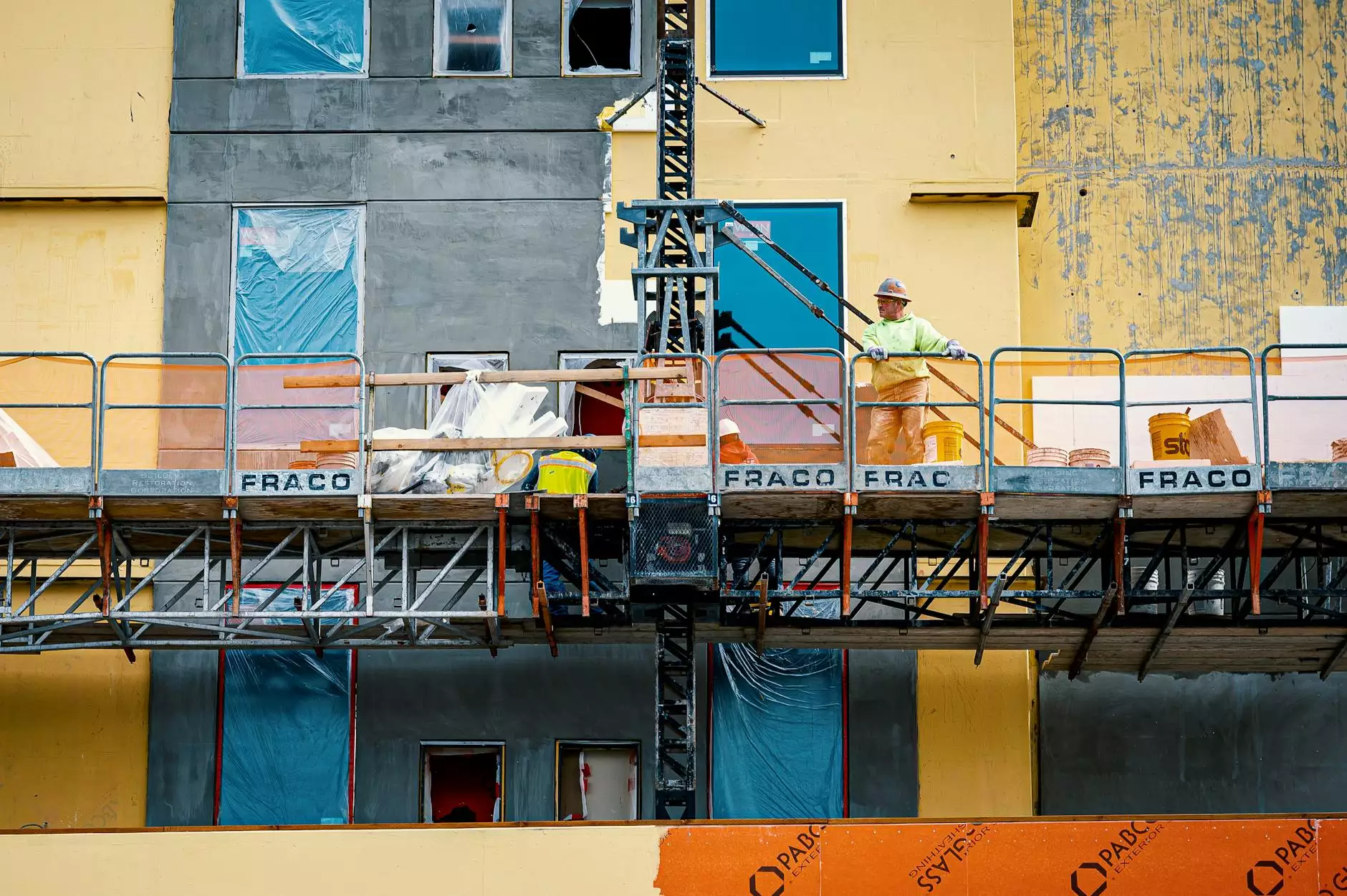Aerial Lift Safety
Aerial Lift Safety
Importance of Safety in Heavy Industry and Engineering
When it comes to heavy industry and engineering, safety should always be the top priority. Working with aerial lifts poses unique risks that need to be understood and addressed to ensure a safe environment for workers. Aerial lift accidents can result in serious injuries or even fatalities, leading to devastating consequences for both individuals and companies.
The Risks of Aerial Lift Operations
Aerial lifts are commonly used in various industries, including construction, maintenance, and warehousing. While these machines enable workers to reach heights and access areas that would otherwise be difficult, they also come with inherent risks. Some of the common risks associated with aerial lift operations include:
- Falls from heights
- Tip-overs
- Electrocution
- Overhead hazards
- Equipment malfunctions
- Inadequate training
Preventing Aerial Lift Accidents
Fortunately, with proper training, equipment maintenance, and adherence to safety protocols, many aerial lift accidents can be prevented. Here are some essential tips and guidelines to ensure aerial lift safety:
- Training and Certification: All individuals operating aerial lifts must undergo comprehensive training and obtain the necessary certifications. This includes understanding the equipment, safety procedures, and emergency protocols.
- Regular Equipment Inspections: Aerial lifts should be regularly inspected by qualified technicians to ensure proper functioning. Any signs of wear and tear, damage, or malfunctioning parts should be addressed immediately.
- Proper Use of Personal Protective Equipment (PPE): Workers should always wear the appropriate PPE, such as helmets, harnesses, gloves, and safety footwear, to minimize the risk of injuries in case of accidents.
- Clear Communication: Effective communication among workers operating aerial lifts, as well as those working in the vicinity, is essential to prevent accidents. This includes using radios, signals, and following established communication protocols.
- Safe Operating Procedures: Aerial lifts should only be operated on stable and level surfaces. It is crucial to follow load capacity guidelines, keep a safe distance from overhead power lines, and avoid sudden movements or overloading.
- Regular Maintenance: Routine maintenance, including lubrication, inspection of hydraulic systems, and testing of safety features, should be conducted to ensure the overall safety and reliability of aerial lifts.
- Emergency Preparedness: Developing and practicing emergency response plans specific to aerial lift operations can help mitigate the impact of accidents and ensure prompt and effective actions when needed.
Building a Culture of Safety
Achieving zero accidents requires a collective effort to create a culture of safety within the heavy industry and engineering sectors. It is crucial for organizations to prioritize safety training and education, encourage open communication about safety concerns, and regularly review and improve safety policies and procedures. Investing in safety today can prevent accidents, protect workers, and positively impact a company's reputation and bottom line.
Conclusion
Aerial lift safety is of utmost importance in heavy industry and engineering. By understanding the risks, following safety protocols, and fostering a culture of safety, companies can greatly reduce the likelihood of accidents and protect the well-being of their workers. It is crucial to stay up-to-date with industry best practices, invest in comprehensive training, and prioritize regular equipment maintenance. Together, we can ensure safe aerial lift operations and strive for zero accidents within these critical sectors.




